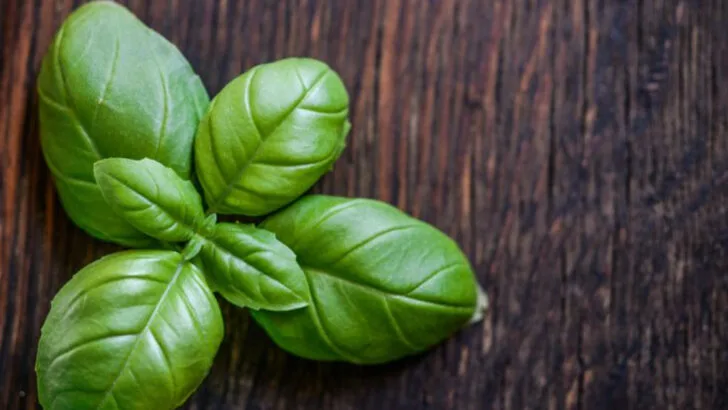Growing herbs indoors seems like a simple enough idea, stick a pot on the windowsill and wait for the magic to happen. And sometimes, it really is that easy. The right herbs can thrive in a sunny kitchen window, offering fresh flavor at your fingertips. But not all herbs are equally suited for indoor life, no matter how much love or light you give them.
Some herbs are surprisingly low-maintenance and happy with filtered sun and occasional watering. Others, though, demand more space, warmth, or light than a windowsill can offer. If you’ve ever watched a basil plant slowly wilt or wondered why your dill refuses to sprout, you’re not alone. Knowing which herbs actually like being indoors can save you time, effort, and a fair bit of disappointment.
Basil
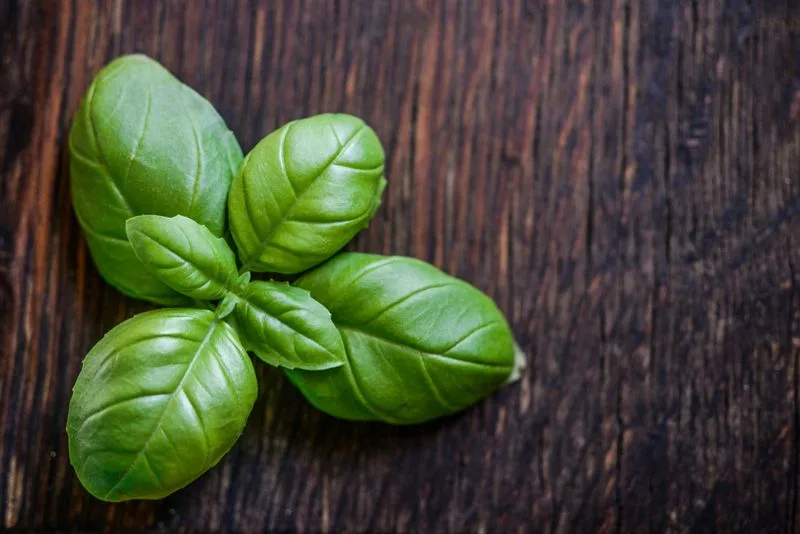
Basil, with its fragrant leaves, is a favorite among windowsill gardeners. Its vibrant green leaves and aromatic scent make it an ideal choice for cooking enthusiasts. Placed on a sunny windowsill, basil thrives and provides a constant supply of fresh leaves for your culinary adventures.
Regular trimming encourages bushy growth, ensuring a plentiful harvest. While basil loves the sun, it appreciates a bit of moisture too.
Water it consistently, but avoid waterlogging. A perk of growing basil is its ability to produce leaves continuously when properly cared for, making it a must-have.
Mint
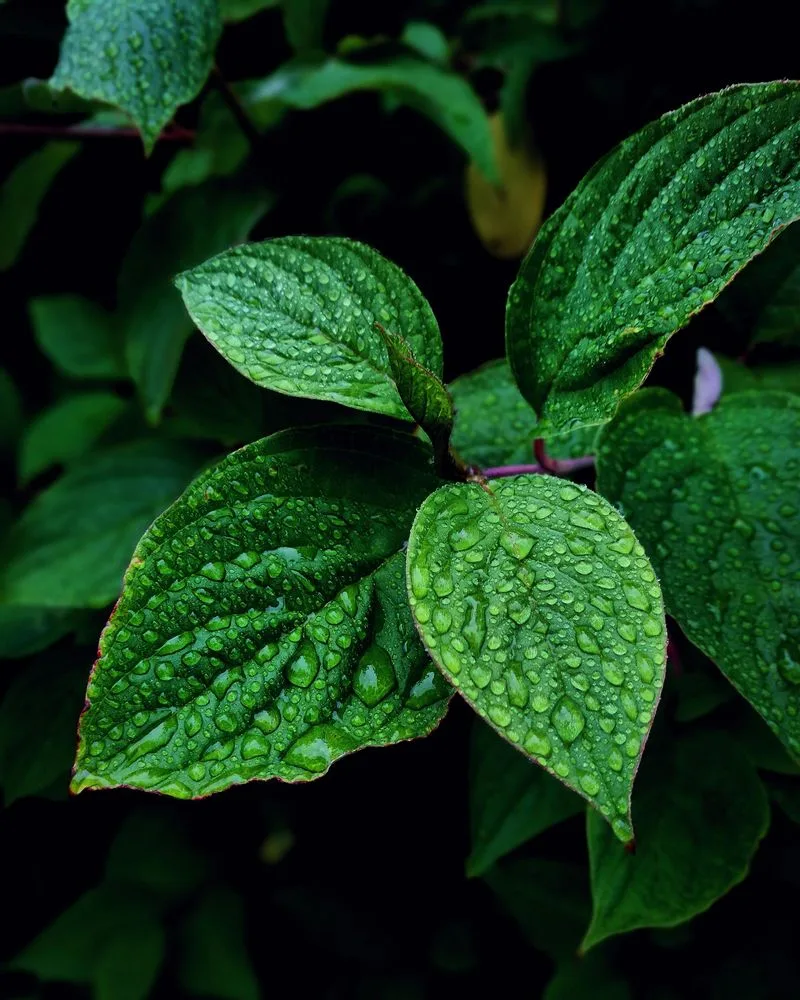
Mint is iconic for its refreshing aroma and versatility in both kitchen and home. Its tendency to spread can be controlled easily when grown on a windowsill.
This herb prefers partial sunlight and moist soil, making it a low-maintenance choice for beginners. You’ll find its scent invigorating, especially when brushing past the leaves.
Mint is ideal for teas and desserts, and its presence in your home will add a fresh, uplifting atmosphere. Keep it pruned to encourage more leaf growth and to prevent it from becoming too leggy.
Chives
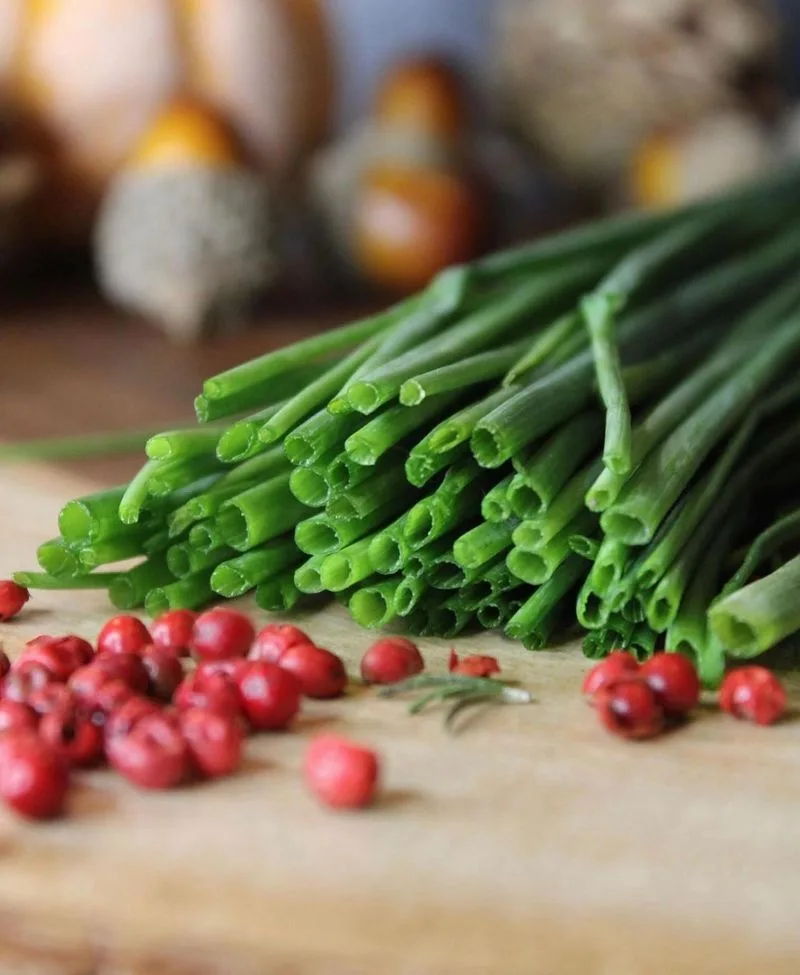
Chives offer a mild onion flavor, perfect for garnishing dishes. This herb is easy to grow and maintain on a windowsill, requiring minimal space and care.
Its slender green stems are not only edible but add a touch of elegance to your indoor garden. Chives thrive in bright, indirect sunlight and prefer well-drained soil.
Regular trimming ensures a continuous supply, and as a bonus, they produce lovely purple blossoms. Their resilience and subtlety make them an excellent addition to any kitchen.
Parsley
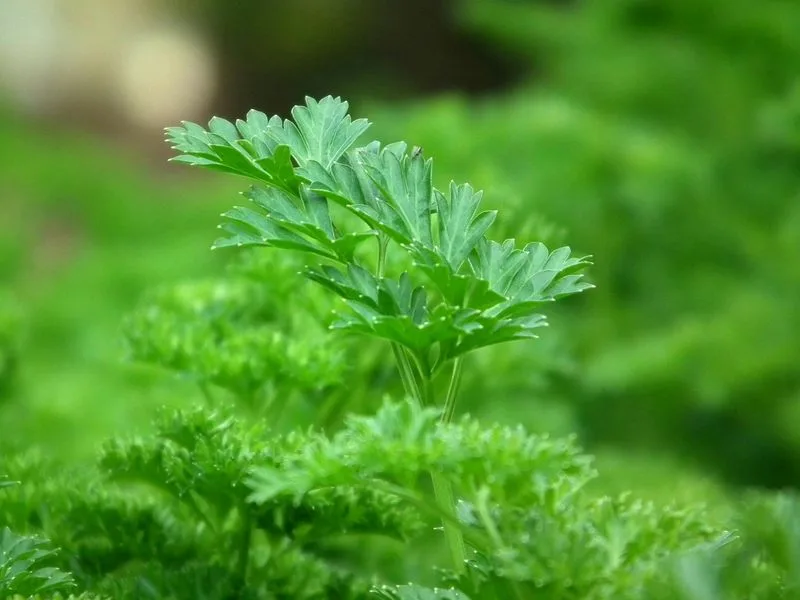
Parsley, with its bright green, feathery leaves, is a staple in many kitchens. Its ability to enhance the flavor of dishes without overpowering them is unmatched.
This biennial herb thrives indoors when given adequate sunlight and moist soil. It’s a delightful choice for windowsills, bringing a touch of nature to your cooking space.
Regular harvesting encourages more growth, ensuring a fresh supply of leaves. Parsley’s subtle appearance does not hint at its robust culinary contributions.
Thyme
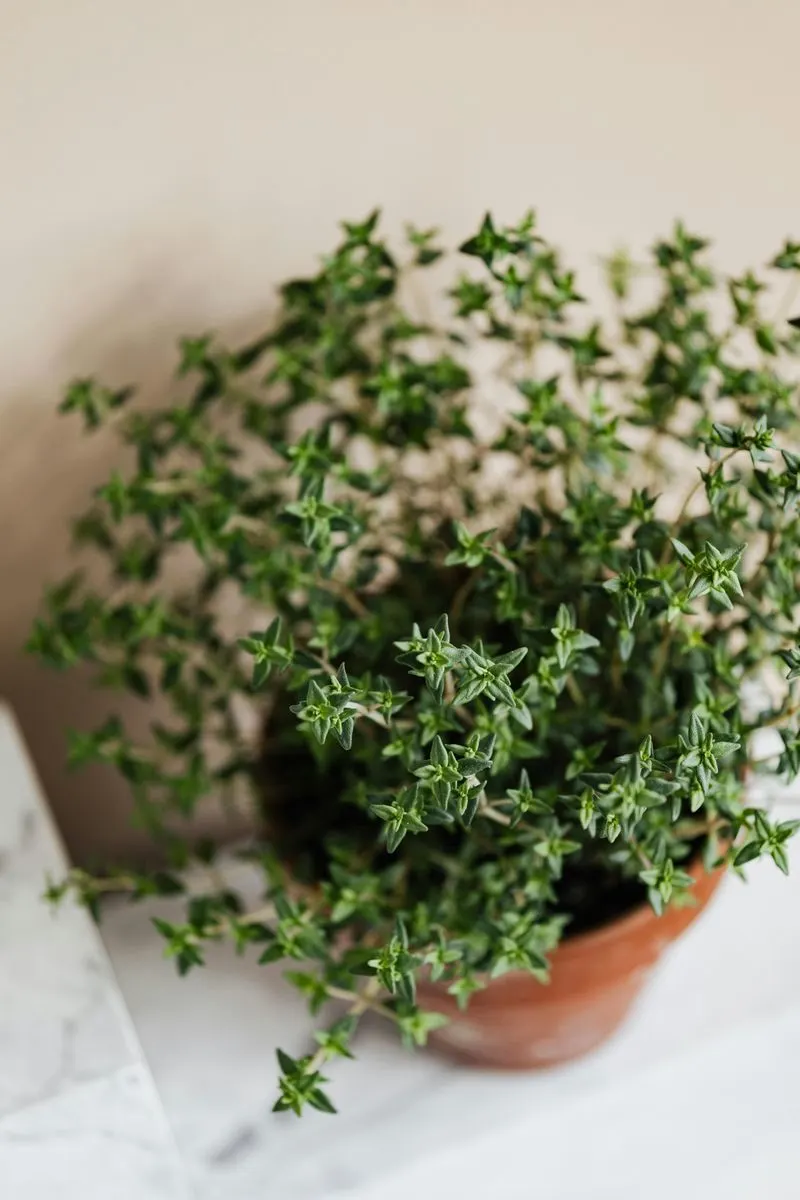
Thyme is a hardy herb known for its earthy aroma and culinary versatility. Its small, sturdy leaves make it ideal for windowsill gardening, requiring only moderate sunlight and minimal water.
This herb’s resilience is its charm, perfect for those who might forget the occasional watering. Thyme can enhance a variety of dishes, from roasts to soups.
By keeping it trimmed, you’ll encourage bushy growth and frequent sprigs for your recipes. Its understated elegance makes it a favorite among herb growers.
Oregano
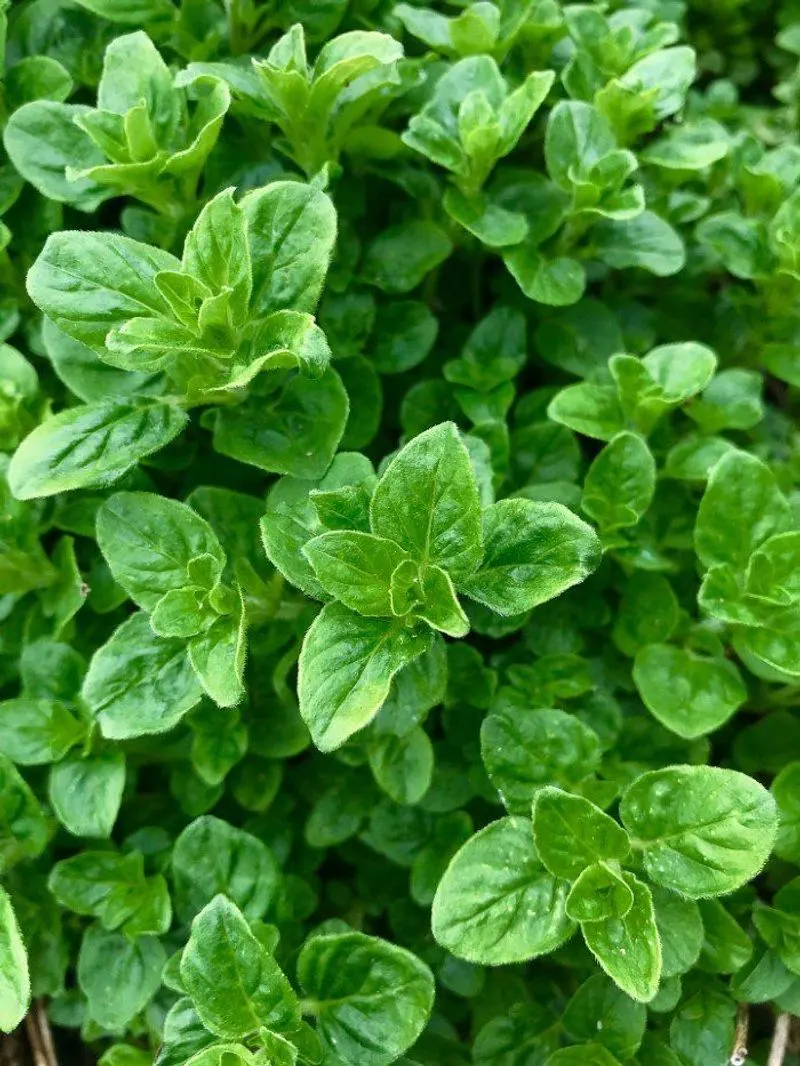
Oregano, renowned for its robust flavor, is a staple in Mediterranean cuisine. Growing it on a windowsill is convenient and rewarding.
This herb prefers full sunlight, making a sunny windowsill its perfect home. The more you harvest, the more it grows, providing a continuous supply.
Oregano’s leaves are aromatic and add depth to pizzas, sauces, and salads. With its low maintenance and high yield, oregano is an excellent choice for both novice and seasoned gardeners alike.
Rosemary
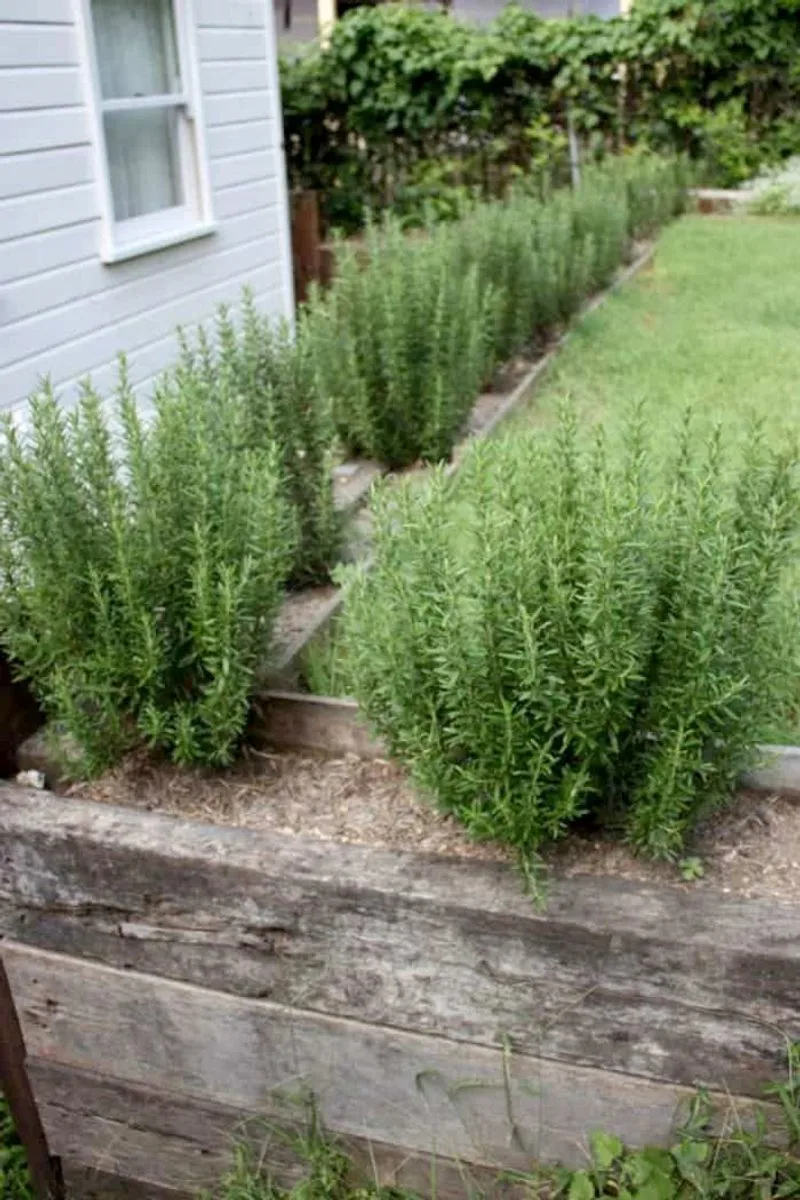
Rosemary, with its pine-like fragrance, adds a touch of elegance to any windowsill garden. Its evergreen needles are perfect for seasoning meats and vegetables, offering a burst of flavor.
This herb thrives in bright sunlight and requires well-drained soil, making it suitable for sunny windowsills.
Regular pruning not only maintains its shape but encourages new growth. Rosemary’s robustness and aromatic leaves make it a cherished addition to your indoor herb collection.
Cilantro
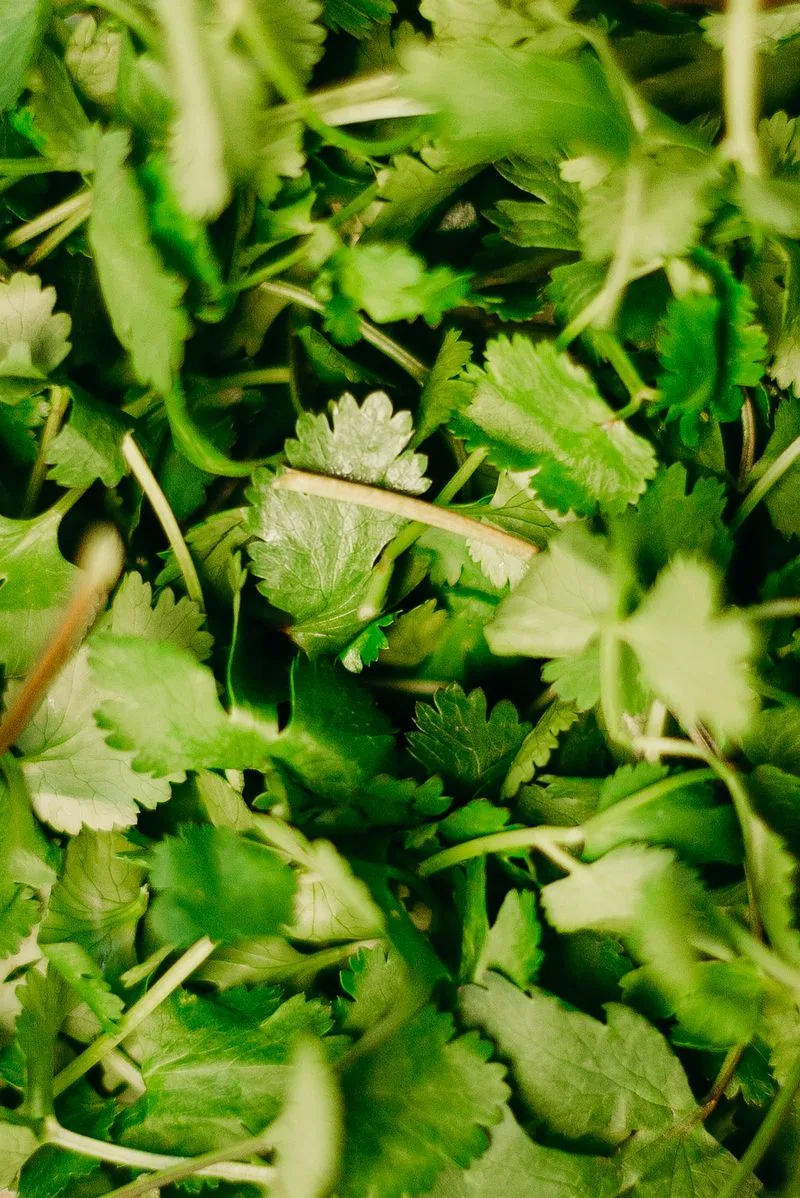
Cilantro, known for its distinctive flavor, is a popular choice for adding zest to dishes. Grown on a windowsill, it needs moderate sunlight and regular watering to flourish.
This herb’s quick growth cycle means you can enjoy its fresh leaves in no time. Cilantro is versatile, complementing everything from tacos to curries.
To keep it thriving, ensure the soil remains moist and harvest leaves frequently. Its fresh, citrusy aroma adds an uplifting note to your kitchen.
Sage
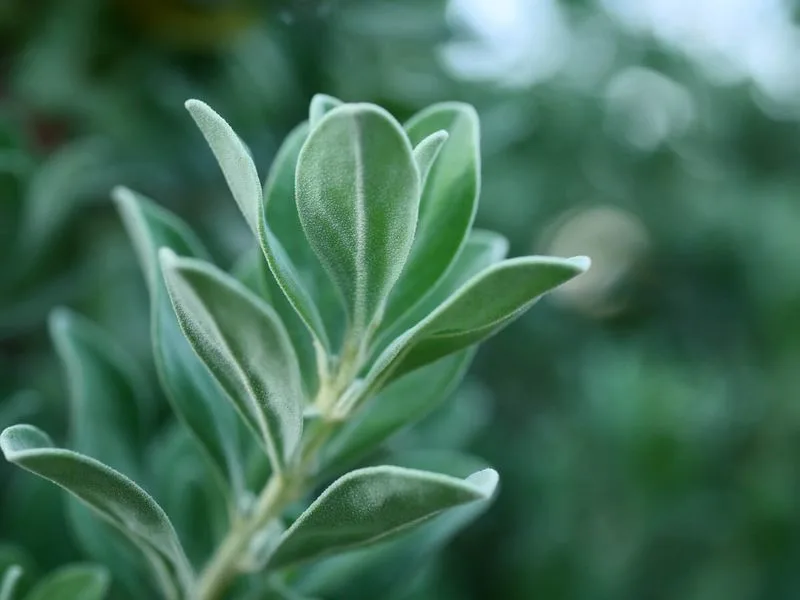
Sage boasts an earthy, slightly peppery flavor, making it a versatile herb for cooking. Its velvety leaves are both decorative and functional.
On a windowsill, sage thrives with ample sunlight and minimal watering. This hardy herb is ideal for those new to gardening.
Regular pruning promotes lush growth, ensuring a constant supply. Sage’s aromatic leaves are perfect for seasoning meats and adding depth to your dishes. Its resilience and beauty make it a favored choice.
Dill
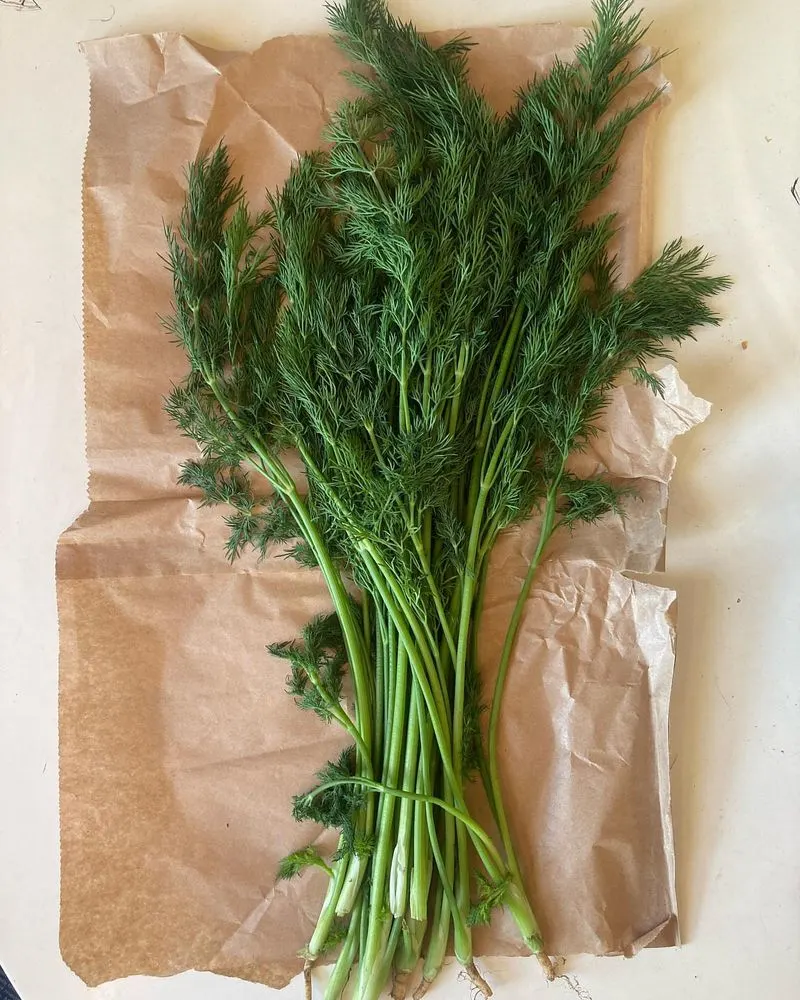
Dill, with its feathery fronds, is a charming addition to any windowsill. Known for its distinct, tangy flavor, it’s perfect for pickling and seasoning.
This herb thrives in sunny spots and requires regular watering to maintain its vibrant growth. Its delicate leaves add a visual appeal to your indoor garden.
Frequent harvesting encourages new growth, ensuring a continuous supply. Dill’s unique flavor profile makes it a versatile ingredient in many dishes, from salads to soups.
Lavender
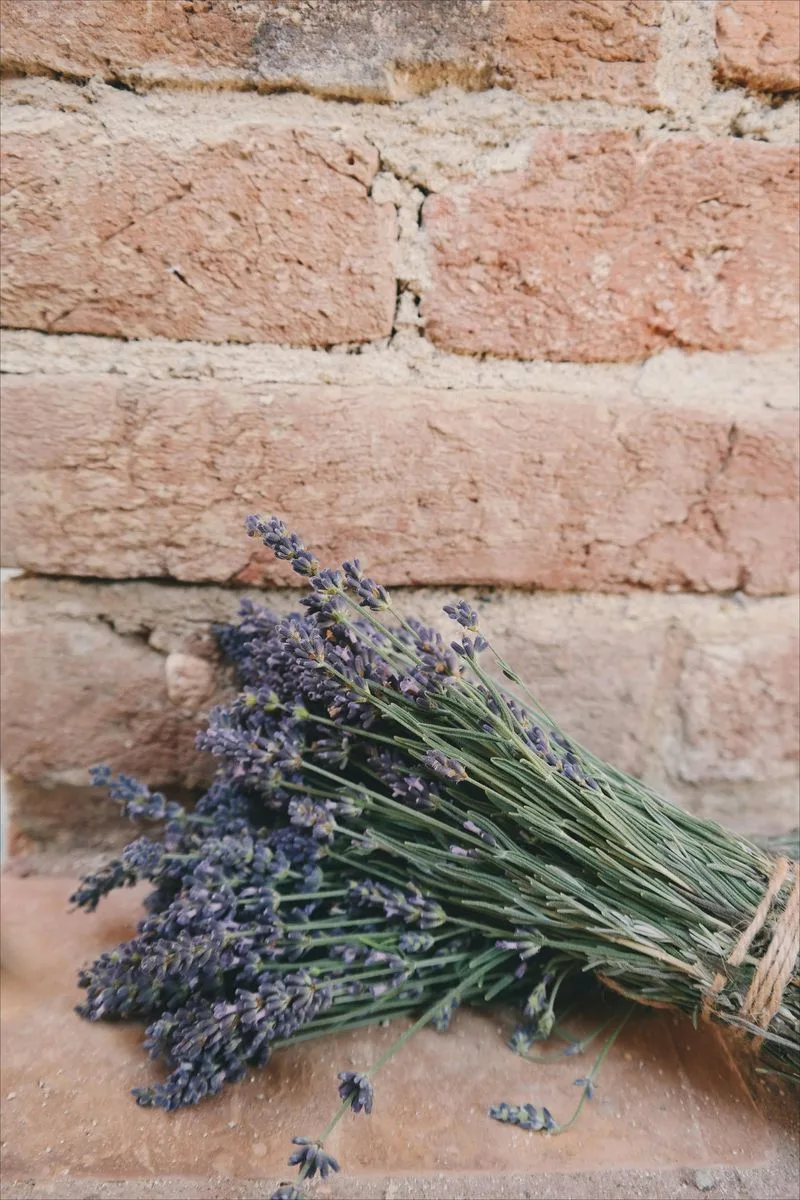
Lavender, with its soothing scent and beautiful purple blooms, adds a touch of tranquility to your home. This herb thrives in sunlight, making a windowsill the perfect spot.
Though it requires well-drained soil and occasional watering, lavender is relatively low maintenance. Its calming fragrance is a natural air freshener and can be used in teas and desserts.
Regular trimming keeps the plant healthy and encourages more blossoms. Lavender’s delicate beauty and aroma make it a lovely addition to your indoor garden.

